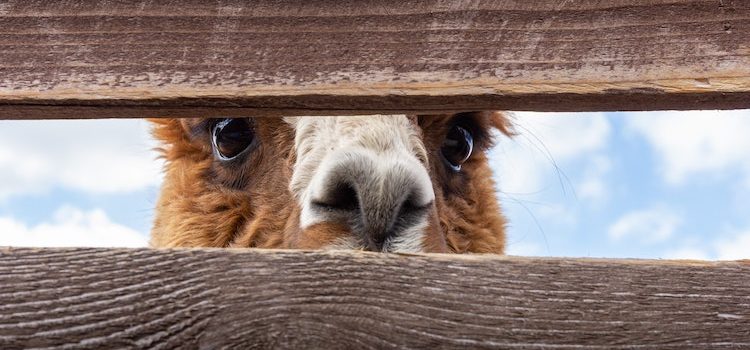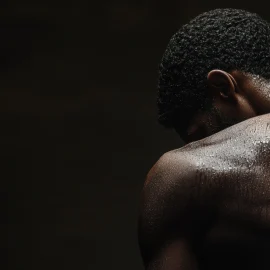

This article is an excerpt from the Shortform book guide to "Made to Stick" by Chip Heath and Dan Heath. Shortform has the world's best summaries and analyses of books you should be reading.
Like this article? Sign up for a free trial here .
How can you keep people’s attention once you have it? How can you create interest so people don’t tune you out?
It’s one thing to grab attention. It’s another to keep it. You can create interest in two ways—by presenting a mystery or by generating curiosity.
Read more to learn about these two ways of creating interest and keeping it.
Keep Their Attention
While surprise gets people’s attention and can even hold it for a short time, sometimes you need to keep people’s attention longer in order to convey a complex message. You do this by creating interest in two ways: 1) create a mystery or 2) generate curiosity.
Create a Mystery
Mysteries create interest and sustain it because people want closure. When intrigued by a puzzle or question, they’ll follow a story to get to a conclusion without knowing exactly how they’ll get there. It can be a painless and memorable way of absorbing a complicated message.
For example, an Arizona State University professor was searching for ways to engage his students and found a scientific article that used mystery to pull in readers and hold their interest. It began by asking, “What are Saturn’s rings made of?” The writer then told a story of numerous theories and investigations that led nowhere, before he presented the surprising answer: dust.
The professor began using the mystery technique to present concepts in his classes. He introduced a mystery at the beginning of a lecture, but held off on revealing the answer until the end. In one instance, he ran out of time before the bell rang, but his students didn’t want to leave until he provided the answer.
Mysteries sustain attention by going beyond the first moment of surprise and leading listeners on a journey.
Generate Curiosity
You can also create interest and hold it by making people curious. According to the “gap theory” of interest, our curiosity is aroused when we encounter a gap in our knowledge. Wanting to know something causes a sort of pain and to relieve it, we need to fill the gap in our knowledge. For example, we’ll sit through a bad movie because not knowing the end would be painful.
Movies make us want to know what’s going to happen. Similarly, mystery novels raise the question of who did it. We watch sports to find out who will win.
To craft a message that holds attention, before telling people the facts, you need to create or exploit a knowledge gap by suggesting there’s something important that they don’t know. Ways to do this include:
- Pointing to some knowledge people are missing.
- Presenting a puzzle or asking a question they don’t know the answer to.
- Asserting that someone else knows something they don’t.
- Getting listeners to predict an outcome.
Local news programs highlight a knowledge gap by teasing upcoming news stories: “Find out which local restaurant was cited for not cleaning the silverware.” (Shortform note: Other examples today are Facebook’s “clickbait” headlines like “Shutdown of nuke plant has a surprising stinging consequence” and the chyrons on cable news like “The most dangerous celebrity online is revealed”.)
A listener’s overconfidence can be an obstacle to your efforts to create a knowledge gap. Research shows that people tend to overestimate how much they know. There are several ways to counter this:
1) Make people commit to a flawed schema, then shoot it down, as Nora Ephron’s journalism professor did.
2) Make listeners publicly commit to a prediction, for instance by asking for a show of hands. Sometimes this deters overconfidence because people don’t want to be proven wrong publicly.
Some topics or formats naturally create knowledge gaps. For instance, human interest stories make us want to know how someone feels, while gossip fills in what we want to know about celebrities’ lives.
Priming the Gap
If people don’t know much about a topic to begin with, you have to provide enough information to spark their curiosity or desire to know. In the 1960s, when ABC got a license to broadcast NCAA football games, a young executive named Roone Arledge came up with a way to interest viewers in games that didn’t involve their favorite teams. His strategy was to place the viewer at the game by focusing not just on the action on the field, but also on the fans, hoopla, campus, and the surrounding area. In addition, he suggested having sports announcers explain the emotions and past history affecting a game. The plan worked—the network made viewers care by providing context, and then continued to create interest with knowledge gaps.
Creating Interest Long-Term
When you’re a visionary, highlighting a huge knowledge gap or “mission impossible” can inspire scientists, inventors, and the public imagination. Here are two examples.
A pocket radio: Soon after the invention of the transistor, Sony technologist Masaru Ibuka wanted to explore applications for the new technology, but needed to come up with a way to hook the interest of his scientists and engineers. So, in the era when radios were so big they were incorporated into furniture, he came up with the idea of a pocket radio. It was an attention-getting idea. The idea that a young company like Sony could pull it off was equally outlandish. But Ibuka’s engineers seized the challenge and the development and production of a pocket radio inspired years of effort and transformed Sony into a major company.
Man on the Moon: In 1961, while the Soviet Union led the world in space exploration, President John F. Kennedy made his bold proposal to send a man to the moon and return him safely to earth within 10 years. His unexpected idea mobilized the work of hundreds of people for years and caught the imagination of the nation.
Both the pocket radio and the moon mission were unexpected ideas that identified big knowledge gaps, and both ideas had huge staying power.

———End of Preview———
Like what you just read? Read the rest of the world's best book summary and analysis of Chip Heath and Dan Heath's "Made to Stick" at Shortform .
Here's what you'll find in our full Made to Stick summary :
- What makes some messages “stick” while others go unremembered
- The six criteria for shaping your message so it resonates
- Why many companies are blinded by “the curse of knowledge”






